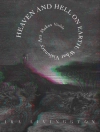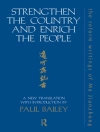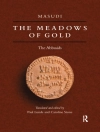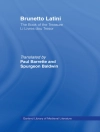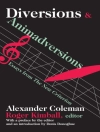During Shakespeare’s lifetime, John Lyly was repeatedly described as the central figure in contemporary English literature. This book takes that claim seriously, asking how and why Lyly was considered the most important writer of his time.
Kesson traces Lyly’s work in prose fiction and the theatre, demonstrating previously unrecognised connections between these two forms of entertainment. The final chapter examines how his importance to early modern authorship came to be forgotten in the late seventeenth century and thereafter.
This book serves as an introduction to Lyly and early modern literature for students, but its argument for the central importance of Lyly himself and 1580s literary culture makes it a significant contribution to current scholarly debate. Its investigation of the relationship between performance and print means that it will be of interest to those who care about, watch or work in early modern performance.
Table des matières
Acknowledgements
Introduction: our Lyly?
Part one: Lyly and prose fiction
1. Buy the book: imaginative stories in the book market (1566–1578)
2. Euph culture: Lyly, Euphues and the market for single-story books (1578–1594)
Part two: Lyly, performance and print
3. ‘Whatsoever we present’: Lyly’s elusive theatre (1583–c.1590)
4. ‘This is the first’: creating a market for printed plays (1584–1594)
Part three: euphuism and reception
5. A hopeless Romantic? Lyly, euphuism and a history of non-reading (1632–1905)
Conclusion: go dare
Bibliography
Index
A propos de l’auteur
Andy Kesson is a Senior Lecturer in Renaissance Literature at the University of Roehampton


